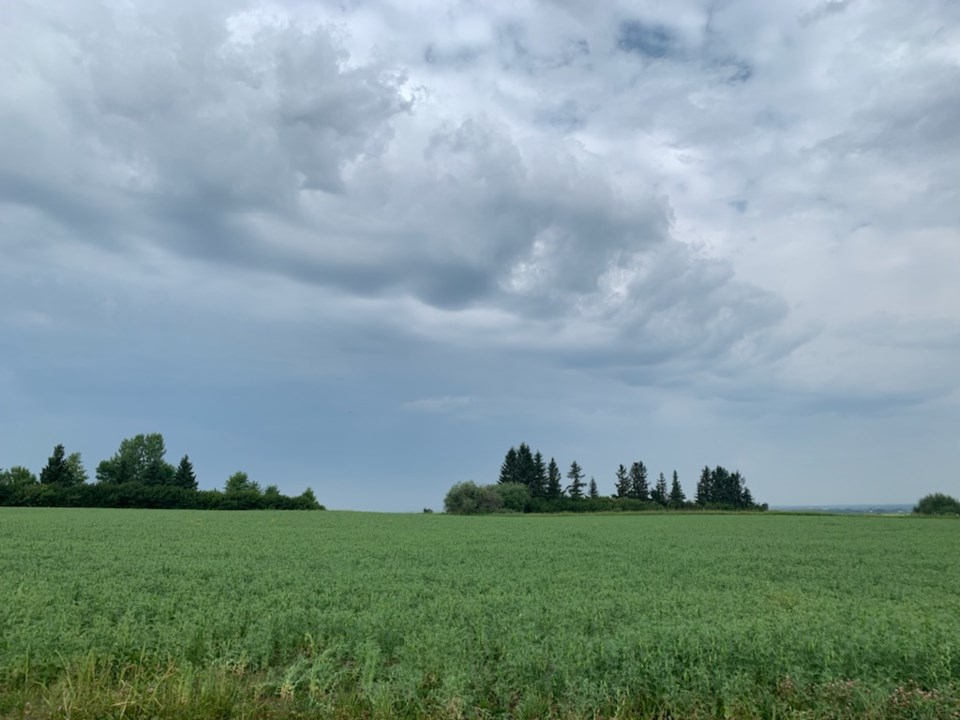Lakeland - With another week of temperatures expected to reach highs of 30-degrees Celsius throughout the Lakeland region, paired with low chances of rainfall, producers are growing more concerned, says Janice Boden, Manager of Agricultural Services for the MD of Bonnyville.
“We need rain no doubt about it and there doesn’t seem to be much forecasted in the upcoming weeks,” said Boden, last week. “This heat wave could definitely affect crop yields this year – I have spoken with some producers and they are worried.”
Near the end of June, a weather phenomenon referred to as a ‘heat dome’ caused extreme dry and hot conditions due to a high-pressure system in the upper atmosphere. This led to numerous locations across Alberta and the Prairies breaking historic daily temperature records in late June and early July.
The province reported 38 historic highs on June 29 alone, according to Environment Canada.
After visiting fields throughout the district, Boden’s findings have not been positive.
“What I have observed in the field is patchy, less vegetative canola, the peas appear to almost be frozen in time, cereals appear to be heading out early, and forages seem to be doing just ‘OK’ so far,” she says.
Following another week of above average weather, no substantial precipitation has fallen in the region, which has led to farmers’ growing concerns for both their crops and livestock.
“Mother Nature once again has us on the hot seat,” said Boden.
The only way she sees producers being able to salvage what has been left by last week's scorching temperatures is a drop in temperature and rain.
Heat stress test
Other issues were also faced by farmers during the peak of the heat, said Kellie Nichiporik, Environmental Program Manager at Lakeland Agricultural Research Association (LARA).
“Many producers were out cutting and making hay during the heat dome, which would produce extremely dry hay, (which) may be lower in quality due to the maturity of the hay stand,” Nichiporik explained.
Crops throughout the region are already showing signs of heat stress and early maturation, she said, and “without any timely rains in the forecast, many of the cereal crops will also be hit hard.”
Canola, a crop commonly grown throughout the region is also one of the most susceptible to rising temperatures and is beginning to show signs of “heat blast.” This is due to above seasonal daytime and overnight temperatures that have been consistent over the last few weeks, resulting in canola growing empty pods and being unable to pollinate, Nichiporik said.
This could leave growers with reduced yields.
With weather not showing signs of reprieve or moisture, many more crops are expected to suffer with potentially longer-term implications.
Currently, “pastures are not growing well in the heat, as many grasses go dormant to try to survive the extended dry, hot weather,” Nichiporik explained, adding that “long-term, there may be quite a bit of loss of biodiversity in the field, as some stressed plants such as alfalfa may not recover or regrow.”


